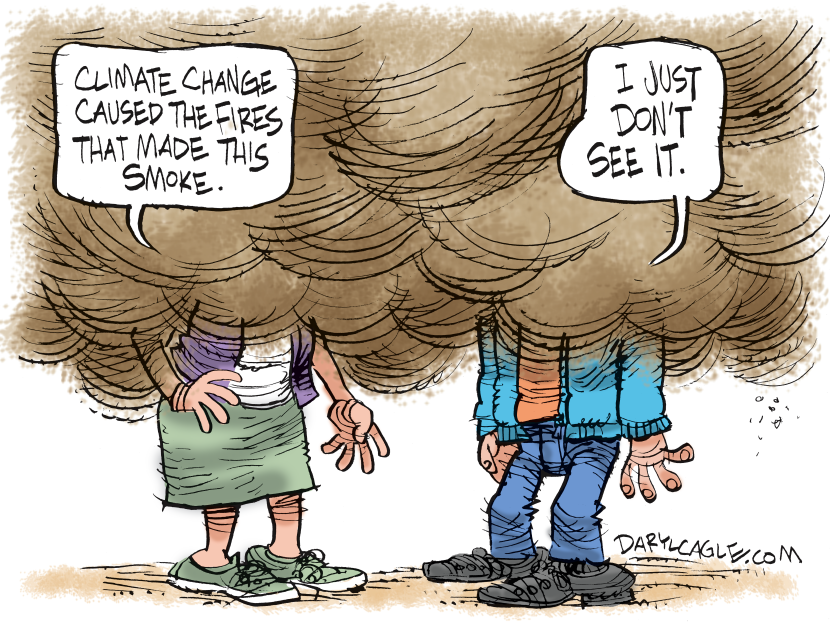
Subscribers Only Content
High resolution image downloads are available to subscribers only.
Not a subscriber? Try one of the following options:
OUR SERVICES PAY-PER-USE LICENSINGFREE TRIAL
Get A Free 30 Day Trial.
No Obligation. No Automatic Rebilling. No Risk.
The federal government’s U.S. Drought Monitor indicates that nearly half the nation is suffering from abnormally dry drought conditions.
States in the West are the most adversely affected, but parts of the Midwest and the East are classified as experiencing extreme, severe or moderate drought. The Pacific Northwest has not seen a spring this dry since 1924, and this is the second driest March to June on record for Washington, Oregon and Idaho.
In California and Nevada, reservoirs are low, approaching 2012 to 2016 levels. Continued drying increases wildfire risk throughout the region, reflected in several recent out-of-control incidents in northern California, which has more than 200 vulnerable communities. The Dixie Fire, California’s second largest in the state’s history, destroyed iconic Greenville, burned hundreds of homes and forced evacuations in the adjacent 48,000 acres. As of August 8, Dixie has torched more than 463,000 acres and is only 21 percent contained.
Nevada and California, both states in 100 percent drought conditions that range from moderate to exceptional, had record warm temperatures in June which escalated the severe effects, including fire potential, water temperature impacts on fish and increased evaporative demand. Drought impacts on pasture conditions, ecosystem health, water supply, recreation and fire potential have intensified and expanded.
Just as the National Weather Service predicts no relief in sight, neither do population analysts foresee a reduction of the numbers of new arrivals that will drink, cook with, bathe in, irrigate or flush with the increasingly scarce water normally available for everyday activities.
California Gov. Gavin Newsom asked residents to voluntarily cut water use by 15 percent. Many but not all will comply. Posh resorts, golf clubs, baseball diamonds, college football fields as well as the rich and famous like the Kardashians likely won’t do their share. Post-pandemic California anticipates millions of visitors this summer season, and through 2023. Out-of-state tourists who pay an average $2,757 per week to visit California may take their 15-minute shower and opt for freshly laundered linens.
Whether California residents heed Newsom or whether visitors pay attention to their lodgings’ pleas to consume less water is beyond anyone’s control. But controlling the millions of future water consumers pouring across the Southwest border is well within the federal government’s power. At the current pace, by the end of his first year in office President Biden will have overseen and unconstitutionally sanctioned the unlawful entry of more than 2 million illegal immigrants. Add those 2 million to the autopilot annual 1 million lawful permanent residents and hundreds of thousands who arrive on employment-based visas but rarely return home, and more than 3 million new arrivals will join the country’s already overcrowded 330 million.
Here’s the simple formula: too many people will equal not enough water. Some areas have been dramatically hurt by too little water, and too rapid population growth. The Texas Commission on Environmental Equality found that since 1940 the population of the 10 largest sister cities that straddle the U.S.-Mexican border, an arid region already short of water, has exploded twentyfold, from 560,000 people to roughly 10 million today.
Without taking into consideration the ongoing border surge, the Census Bureau predicts that the nation’s mid-century population will exceed 400 million, a 25 percent increase from today’s level, and about 90 percent driven by immigrants and births to immigrants.
Don’t blame immigrants for the water crisis. The Biden administration graciously invited border crossers to live in the U.S., and Department of Homeland Security Secretary Alejandro Majorkas facilitated their safe and orderly dispersal throughout the nation. After immigration officials apprehend the aliens, they’re released into the interior, often on charter flights. Eventually, they’ll receive the government’s full complement of affirmative benefits. Those who have come, and those who will continue to come. are here to stay. But the water that they’ll need can’t be manufactured.
The looming, acute water shortage will create a hard time for all, immigrants and citizens alike.
–
Copyright 2021 Joe Guzzardi, distributed by Cagle Cartoons newspaper syndicate.
Joe Guzzardi is a Progressives for Immigration Reform analyst who has written about immigration for more than 30 years. Contact him at [email protected].